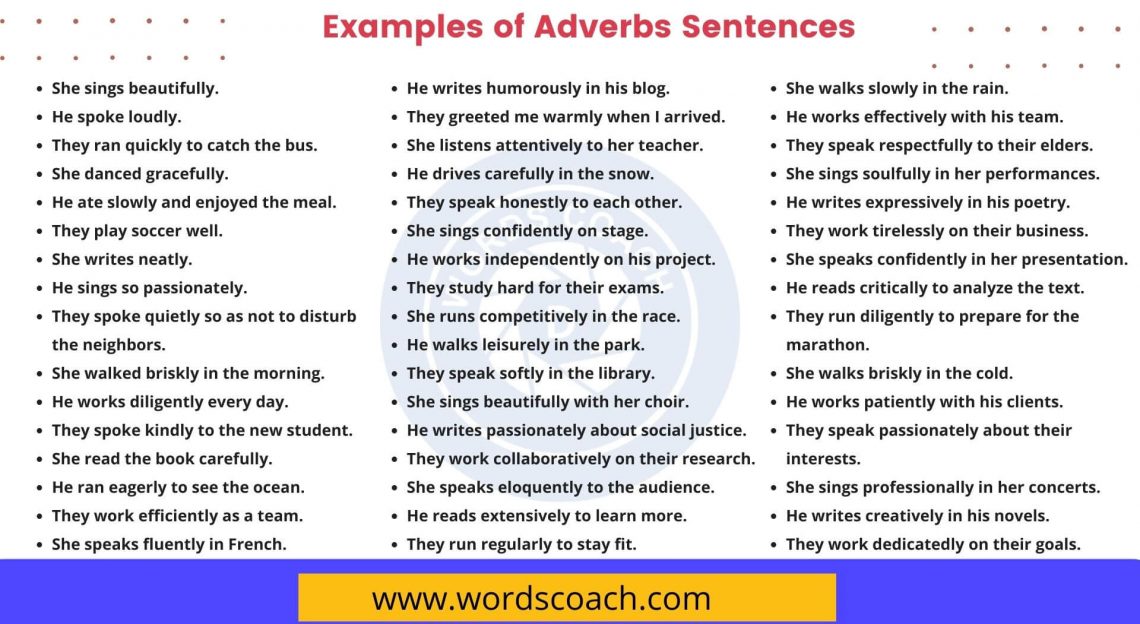
If you see a word with – ly at the end, it’s usually an adverb.īe careful, though, because this isn’t always true. Sometimes you can use a shortcut to tell the difference between adjectives and adverbs. If the word being described is a noun, then it’s an adjective if the word being described is a verb, adjective, or another adverb, then it’s an adverb. The best way to tell the difference between an adjective and an adverb is to identify the word it describes. Similarly, the adverb really describes the adjective small, which describes the noun chair. In the last example, the adjective large describes the noun man, and the adverb very describes the adjective large.

Likewise, adverbs can also describe adjectives, again typically specifying the degree of intensity or frequency. He almost always showers after the gym.

When adverbs are used like this, they usually describe the degree of intensity or frequency. Īdditionally, special adverbs like really or very can also describe other adverbs. They add details to show how an action is done, as with the adverbs quickly or slowly, or the frequency of the action, as with the adverbs often or sometimes.



 0 kommentar(er)
0 kommentar(er)
